
Top 5 World of Warcraft Interesting Facts
World of Warcraft (WoW) is more than just a game; it’s a cultural phenomenon. Developed by Blizzard Entertainment, WoW has set the standard for MMORPGs today. Here are the top five World of Warcraft interesting facts that every fan and gamer should know.

The Largest MMORPG Ever Created
World of Warcraft holds the record for being the largest and most successful MMORPG in history. At its peak in 2010, the game boasted over 12 million active subscribers. This is a staggering number, especially considering that the game was a paid subscription service.
WoW’s vast world of Azeroth is expansive, offering diverse landscapes, cities, and dungeons. The game’s size isn’t just about its physical space but also its depth of content. With regular expansions, Blizzard has continually broadened the lore, introduced new continents, and added thousands of quests. As of the time of writing this article, the game has ten expansions, each bringing something new to the table.
Blizzard’s commitment to maintaining the game’s quality and relevance drives this success. Even after two decades, World of Warcraft remains a living, breathing world.
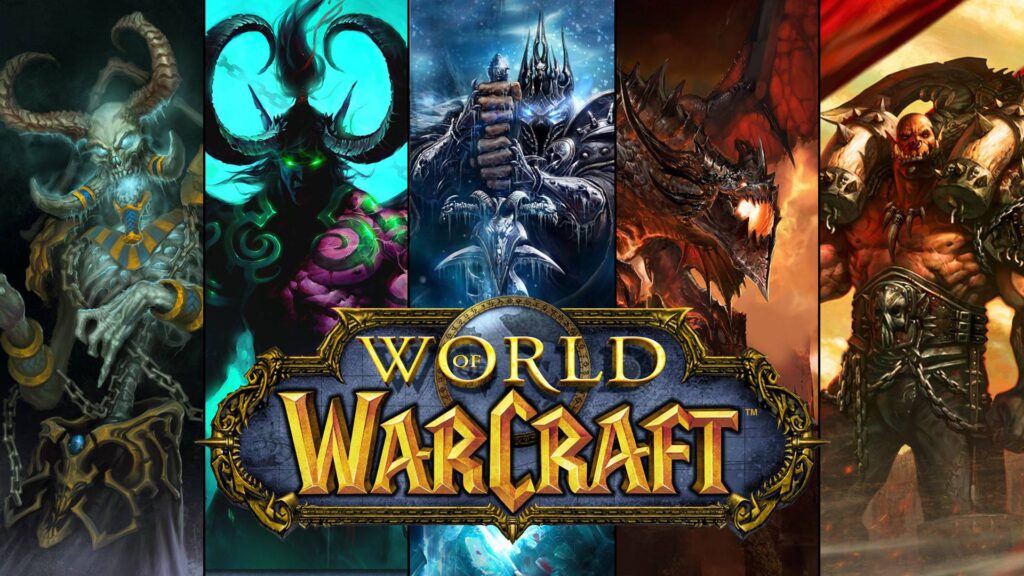
The Evolution of Azeroth: From RTS to MMORPG
Before World of Warcraft became the MMORPG we know today, Azeroth’s story began as a real-time strategy (RTS) game. The Warcraft series, starting with Warcraft: Orcs & Humans in 1994, laid the foundation for the lore and world-building that would later evolve into “World of Warcraft interesting facts”.
Blizzard’s decision to transition from RTS to MMORPG was a bold move. At the time, the MMORPG genre was still in its infancy, with games like EverQuest and Ultima Online paving the way. Blizzard’s deep understanding of its lore and commitment to quality allowed it to create an immersive experience unmatched by its competitors.
World of Warcraft Interesting Facts: Resources
One of the most significant changes that occurred during this transition was the shift in how players interacted with the world. In the RTS games, players controlled entire armies, managing resources and engaging in large-scale battles. In WoW, the focus shifted to individual characters, allowing players to become personally invested in their avatars as they quested, battled, and explored the world of Azeroth.
This evolution from RTS to MMORPG not only expanded the Warcraft universe but also allowed for a more personal and immersive storytelling experience. Players could now experience the world of Azeroth from the perspective of a single hero, making the game’s narrative more engaging and relatable.
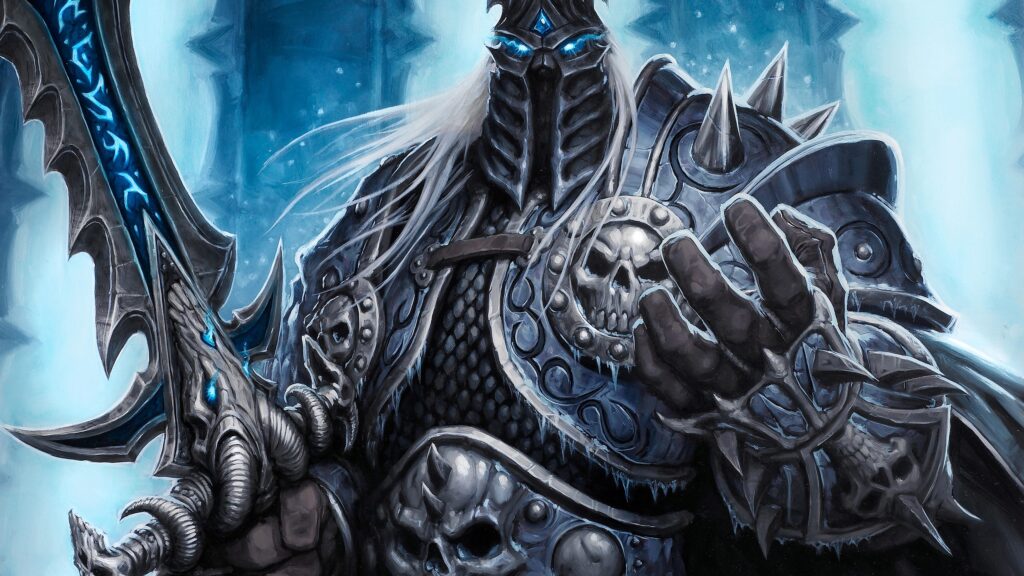
A Living Lore: The Depth and Complexity of WoW’s Storytelling
World of Warcraft is renowned for its deep and complex lore, which has been meticulously developed over nearly three decades. The game’s story is built upon the foundation laid by the original Warcraft RTS games, but it has expanded far beyond what anyone could have imagined.
The lore of WoW is vast, covering everything from the creation of the universe to the rise and fall of empires, the conflicts between gods and mortals, and the personal stories of individual heroes and villains. The game’s narrative is rich with themes of honor, betrayal, sacrifice, and redemption, making it more than just a game—it’s a living, evolving epic.
World of Warcraft Interesting Facts: Storytelling
One of the unique aspects of WoW’s storytelling is the way it’s delivered. Rather than simply presenting players with cutscenes or dialogue, the game’s story is woven into every aspect of gameplay. Quests, dungeons, raids, and even in-game events all contribute to the narrative, allowing players to experience the story firsthand.
Additionally, Blizzard has made a conscious effort to keep the lore dynamic. With each expansion, new chapters are added to the story, often bringing unexpected twists and turns that keep players engaged. Characters like Thrall, Jaina Proudmoore, and Arthas Menethil have become iconic figures in gaming, their stories resonating with players on a deep level.
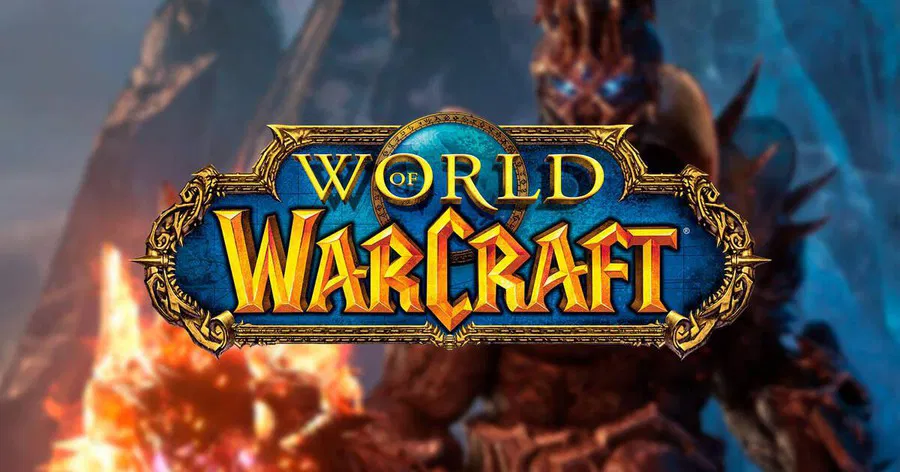
The Social Impact: WoW as a Cultural Phenomenon
World of Warcraft is more than just a game—it’s a social phenomenon that has had a profound impact on gaming culture and beyond. One of the most significant aspects of WoW is its ability to bring people together from all over the world, forming a vibrant and diverse community.
From the early days of WoW, the game’s social features have been a major draw for players. Guilds, raids, and in-game events have fostered a sense of camaraderie among players, creating lasting friendships and even romantic relationships. For many, WoW is not just a game, but a social platform where they can connect with others who share their interests.
The game’s influence extends beyond the virtual world. WoW has been the subject of academic studies, documentaries, and even art exhibitions. Its impact on popular culture is evident in references found in television shows, movies, and music. The game’s iconic characters and phrases have become part of the cultural lexicon, recognized even by those who have never played the game.
Moreover, WoW has played a significant role in the development of esports and streaming culture. The game’s competitive PvP (Player vs. Player) scene and high-stakes raiding community have paved the way for professional gaming, with WoW tournaments attracting large audiences and significant prize pools. Additionally, WoW’s popularity on platforms like Twitch has contributed to the rise of gaming content creators, some of whom have built careers around streaming their adventures in Azeroth.
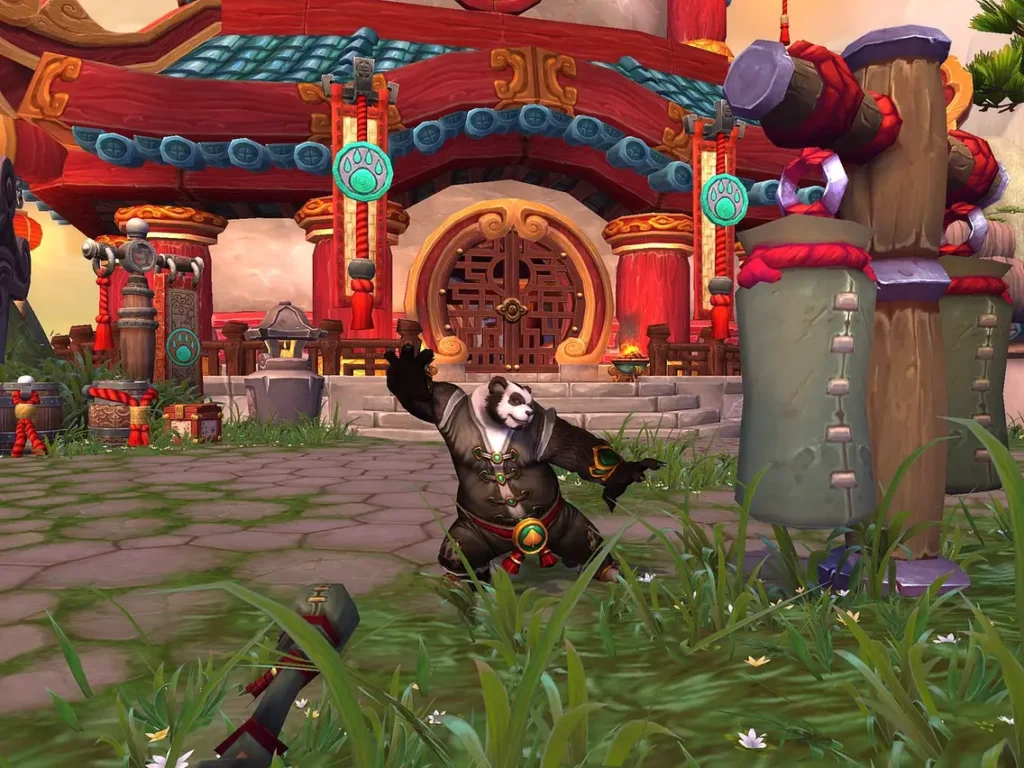
The Game That Keeps Evolving: WoW’s Legacy and Future
World of Warcraft’s longevity is a testament to its enduring appeal and Blizzard’s dedication to keeping the game fresh and engaging. Over the years, the game has undergone numerous changes, both big and small, to ensure that it remains relevant in an ever-evolving gaming landscape.
One of the key factors in WoW’s continued success is Blizzard’s commitment to listening to its player base. The development team regularly gathers feedback from the community and uses it to shape the direction of the game. This has led to significant changes in gameplay mechanics, class balance, and even the introduction of new features like Transmogrification, which allows players to customize the appearance of their gear.

Expansions
The introduction of expansions has been crucial in keeping WoW exciting. Each expansion adds new content and often changes the game’s systems and mechanics. For instance, Cataclysm revamped the original Azeroth world, altering zones, quests, and the storyline. This willingness to make bold changes has kept the game fresh and evolving with the times.
Looking ahead, Blizzard shows no signs of slowing down. Each new expansion continues to grow the game’s content and player base. The announcement of World of Warcraft: Classic in 2019 allowed players to experience the game as it was at launch. This success highlighted the enduring nostalgia and love for the game’s early days.
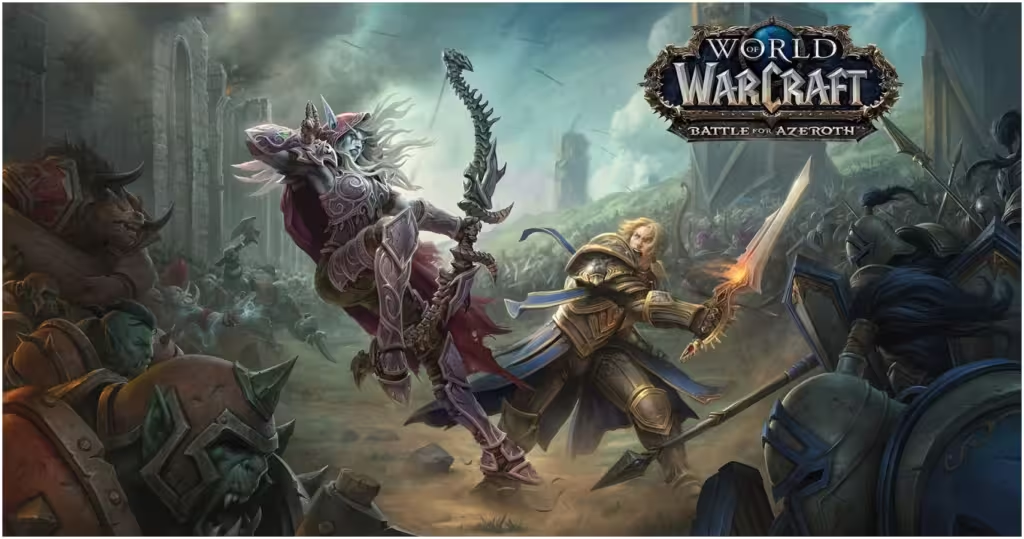
As WoW approaches its 20th anniversary, it’s clear that the game’s legacy will continue to influence the gaming industry. Whether you’re a seasoned veteran or a newcomer to Azeroth, World of Warcraft remains a rich and immersive experience.
World of Warcraft is not just a game; it’s a cultural artifact, a social platform.